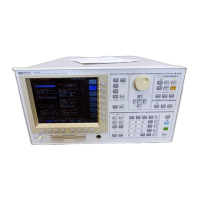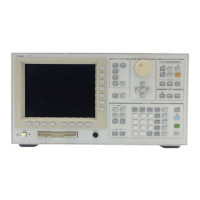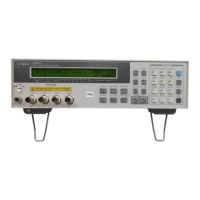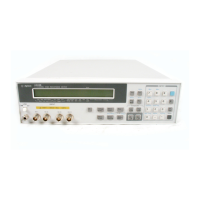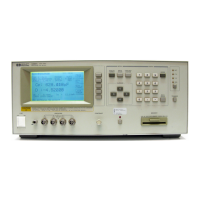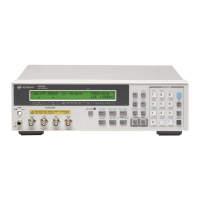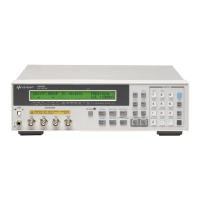Agilent 4155C/4156C VXIplug&play Driver User’s Guide, Edition 4 3-55
Programming Examples for Visual Basic Users
Stress Force
ret = hp4156b_setStress(vi, hold, hp4156b_STT_TIME, duration, period) ’40
ret = hp4156b_force(vi, m(2), hp4156b_VF_MODE, range, vlout, ilcomp, 0)
ret = hp4156b_addStressSyncIv(vi, 1, m(0), 2, range, base, stress, icomp)
ret = hp4156b_addStressSyncIv(vi, 2, m(1), 2, range, base, stress, icomp)
ret = hp4156b_stress(vi, status)
check_err vi, ret
ret = hp4156b_clearStressSync(vi) ’47
ret = hp4156b_force(vi, m(1), hp4156b_VF_MODE, range, bias, icomp, 0) ’49
ret = hp4156b_force(vi, m(0), hp4156b_VF_MODE, range, bias, icomp, 0)
ret = hp4156b_spotMeas(vi, m(0), hp4156b_IM_MODE, range, md(2), st(2))
ret = hp4156b_spotMeas(vi, m(1), hp4156b_IM_MODE, range, md(3), st(3))
check_err vi, ret
ret = hp4156b_zeroOutput(vi, hp4156b_CH_ALL) ’55
disp_data2 vi, ret, m(), md(), st(), stress, duration
End Sub ’58
Line Description
40 to 45 Sets the stress timing parameters, applies voltage to the device, sets the stress
sources that operate synchronously with the stress trigger, and applies the stress to
the device. After that, calls the check_err subprogram (shown in Table 3-1) to check
if an error status is returned for the previous line.
47 Clears the setting of the stress sources defined by the hp4156b_addStressSyncIv
function.
49 to 53 Applies voltage to the device, and performs spot measurement. After that, calls the
check_err subprogram (shown in Table 3-1) to check if an error status is returned
for the previous line.
55 to 56 Sets all channels to zero output state, and calls the disp_data2 subprogram to
display measurement data.
58 End of the stress_meas subprogram.

